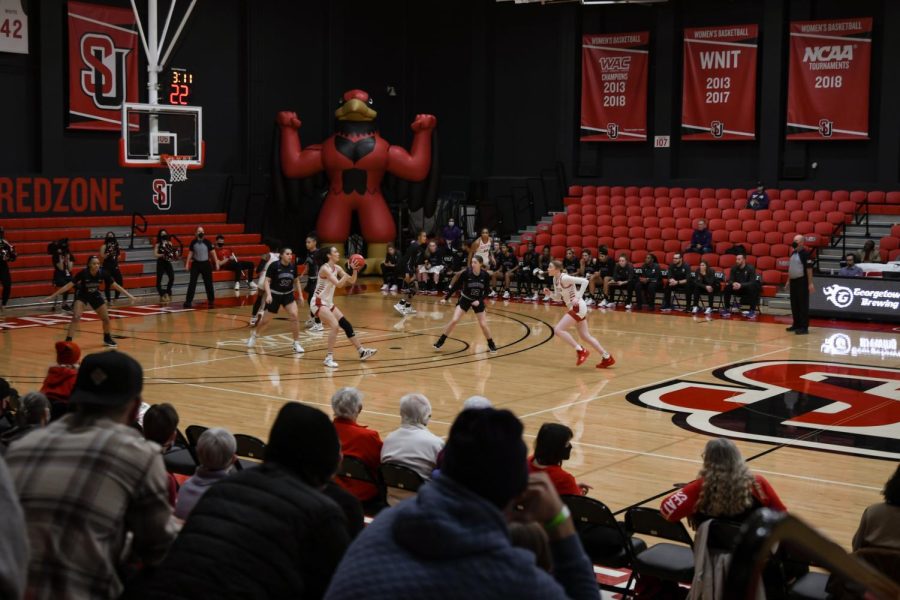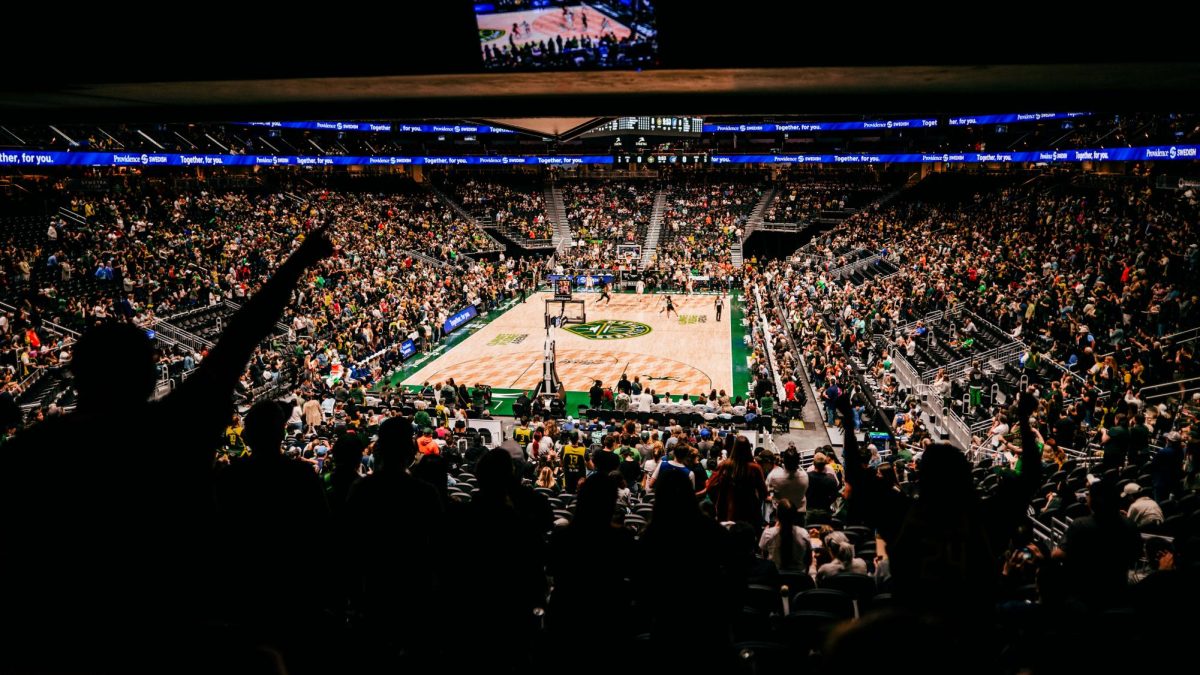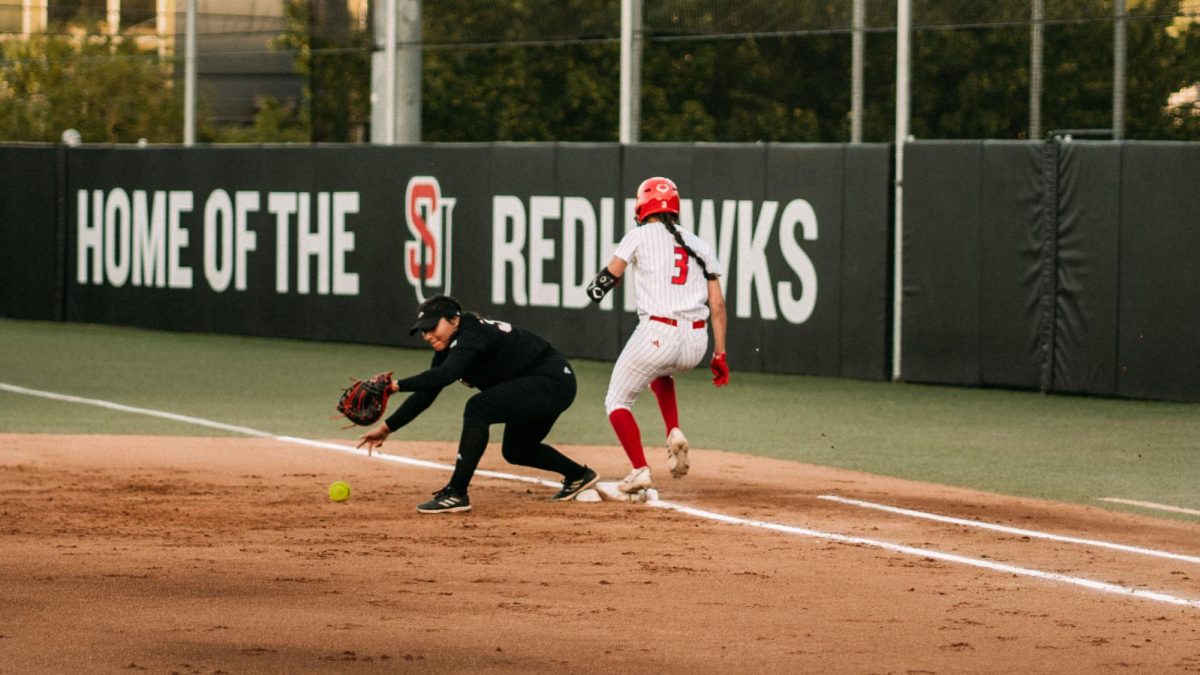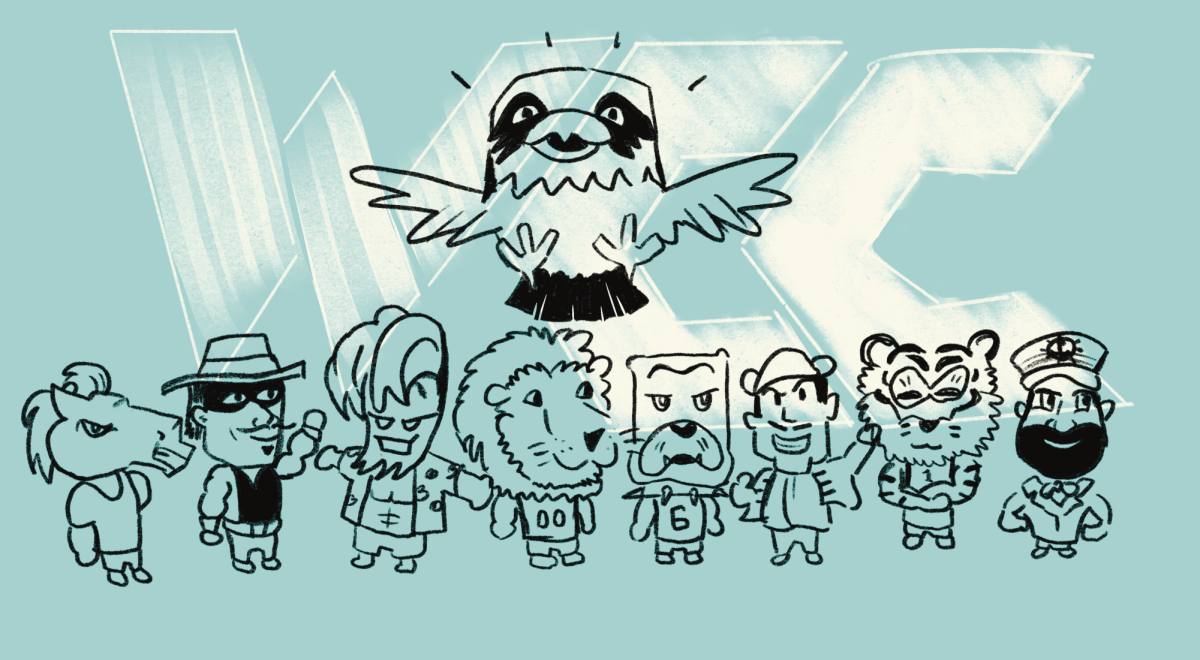Red, white and blue dominated the Winter Olympics—just not the red, white and blue you are probably thinking of.
The athletes of Norway victoriously carried their nations’ red white and blue flag in the closing ceremonies on Feb. 25, a er overwhelming the rest of the world in this year’s Olympic Winter Games. Earning 39 total medals, the Norwegians compiled the most medals, not only in the 2018 games, but ever by a nation in a single Winter Olympics.
The United States fell short of expectations in Pyeongchang, earning 23 total medals and ranking fourth overall in the games.
How exactly does the country of Norway, with a population of roughly 5.2 million, smaller than that of the state of Colorado, dominate the Winter games every four years?
While there is something to be said for Norway’s alpine climate providing desirable conditions for the training of winter sports athletes, it may be the way Norway approaches youth sports that is the root of their Winter Olympic success.
In Norway, youth sports leagues are not allowed to keep score until the children are 13 years old. Tore Øvrebø, the Norwegian Olympic Committee’s director of elite sports explained the rationale behind this.
“We think it’s better to be a child in this way because then they can concentrate on having fun and be with their friends and develop. We think the biggest motivation for the kids to do sports that they do it with their friends and they have fun while they’re doing it and we want to keep that feeling throughout their whole career,” Øvrebø said.
A focus on fun, relationship building, fostering a love and appreciation for the game while children learn the fundamentals of sports does not seem like it should be a revolutionary concept. However, this is in stark contrast with much of the culture that surrounds American youth sports.
Jennifer Plummer, a senior and forward for Seattle University soccer team, recollected on her own experience as a youth athlete here in the States.
“I don’t know exactly when we started keeping score, but as long as I can remember I was always keeping score. I remember always wanting to win and I would call my grandparents to gloat about scoring five goals in our U4 games. I think we officially started to keep score somewhere around U9,” Plummer said.
Unlike Norway, the United States does not restrict the age at which youth sports leagues may keep score and it can vary across towns, leagues and teams.
While Norwegian children don’t begin keeping score until age 13, 70 percent of American children who have been involved in competitive sports stop participating in them by this same age, according to a study conducted by the National Alliance for Youth Sports.
This is not to say competition has no place in youth sports, nor is it to say the way the U.S. handles youth sports is outright wrong. However, it is important to recognize that the culture of intense competitiveness is often driven by the parents and coaches in these leagues rather than the children themselves.
“It (the lack of score keeping) didn’t stop some coaches from playing to win though, like keeping a kid back as a goalie, even though goalies weren’t allowed. My coach didn’t allow that. She was adamant that we would all get as many ball touches as we could. I was lucky to have a coach who was more interested in developing skills, versus playing to win,” Plummer said.
Those not as lucky enough to have a coach like Plummer’s often must grapple with increasingly high expectations from coaches, parents, teammates and themselves. Scouting and recruiting occur at younger and younger ages, only increasing the competitiveness of youth leagues. There can be select teams, travel teams and tournaments every weekend.
The life of a youth athlete can look nearly as hectic and stressful as that of a professional. It can also, at times, look exactly like that of a professional. Each summer ESPN broadcasts the Little League World Series, thrusting 11, 12 and 13-year-olds onto the same national stage as actual professional baseball; an unimaginable happening in Norway.
Plummer believes competitiveness to be a part of human nature and describes herself as a competitive person. Nonetheless, she believes in Norway’s scoring age limit.
“I do agree with Norway’s approach. At a young age, it should be about developing skills, strength, and teamwork. There is plenty of time to worry about winning. For young children it should be about fun and developing confidence and skills! For kids like me, we will know the score regardless, but the team strategy at that level should be about development of skills and forming a passion for a sport,” Plummer said.
American sports culture will not change overnight, however, Norway’s Olympic success is undeniable and their approach to youth sports and competitive culture elucidates some issues that exist within American youth sports.
The editor may be reached at
[email protected]






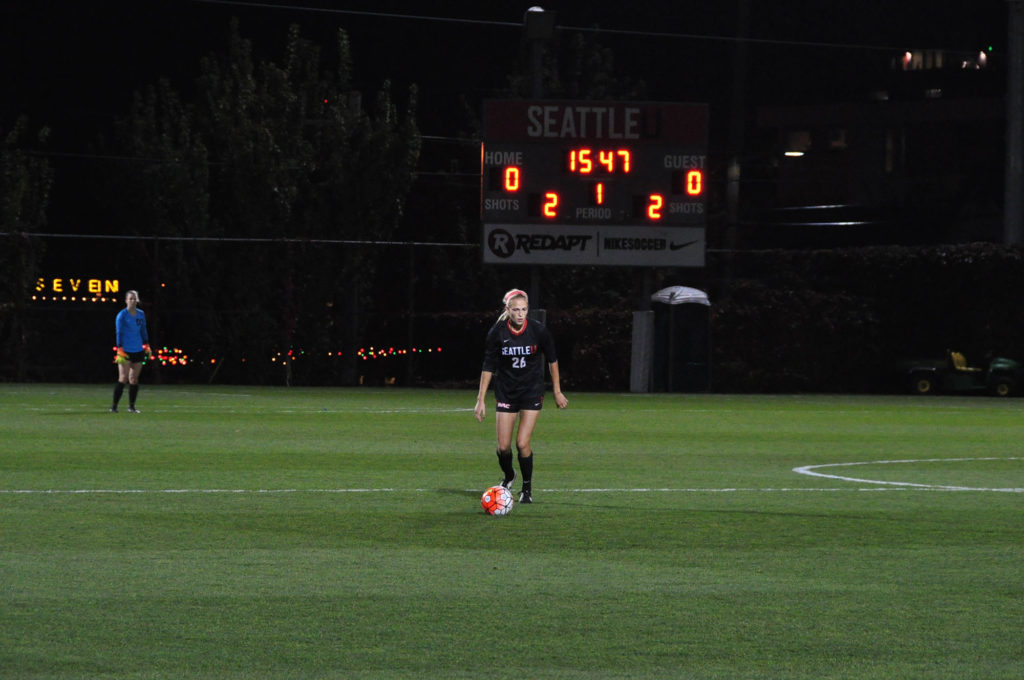

![Josh Gibson Supplants Ty Cobb, Babe Ruth, as Baseball’s Best Hitter [OPINION]](https://seattlespectator.com/wp-content/uploads/2024/05/gettyimages-72075891-1200x675.jpg)
